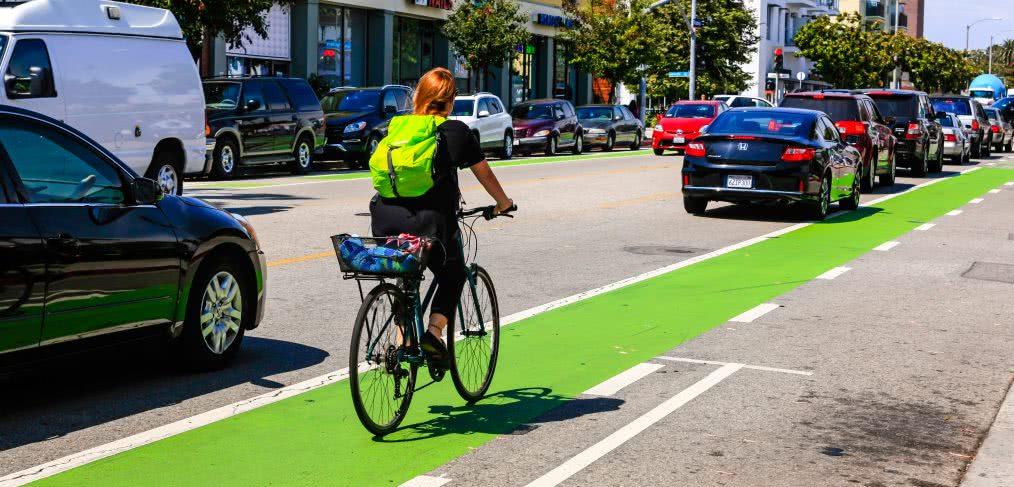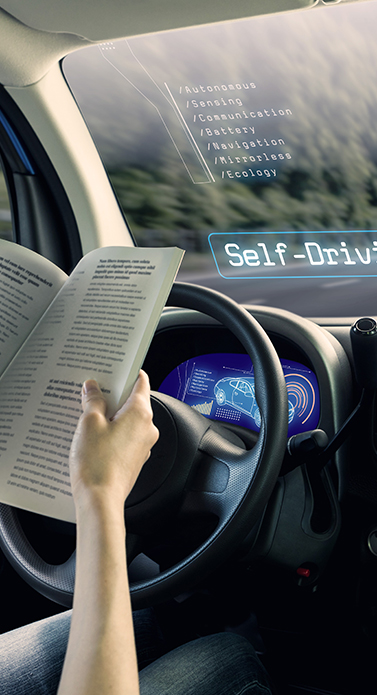The Future Commute
Recent shifts in technology, policy and demographics give workers and organizations more flexibility than ever before. And how we get to work, how long it takes and how convenient it is becoming almost as important as what we do when we get there.



